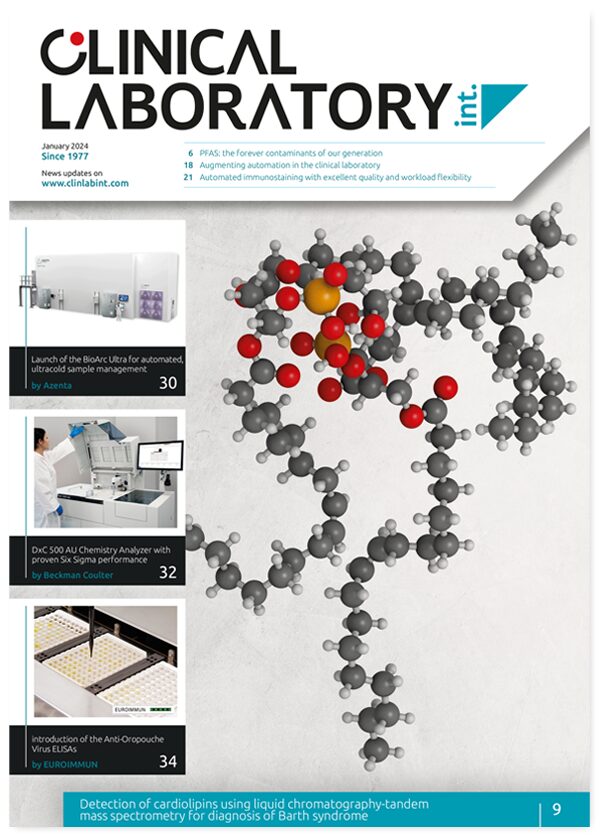‘Pill on a string’ could help spot early signs of cancer of the gullet
A ‘pill on a string’ developed by researchers at the University of Cambridge could help doctors detect oesophageal cancer – cancer of the gullet – at an early stage, helping them overcome the problem of wide variation between biopsies, suggests research.
The ‘Cytosponge’ sits within a pill which, when swallowed, dissolves to reveal a sponge that scrapes off cells when withdrawn up the gullet. It allows doctors to collect cells from all along the gullet, whereas standard biopsies take individual point samples.
Oesophageal cancer is often preceded by Barrett’s oesophagus, a condition in which cells within the lining of the oesophagus begin to change shape and can grow abnormally. The cellular changes are cause by acid and bile reflux – when the stomach juices come back up the gullet. Between one and five people in every 100 with Barrett’s oesophagus go on to develop oesophageal cancer in their life-time, a form of cancer that can be difficult to treat, particularly if not caught early enough.
At present, Barrett’s oesophagus and oesophageal cancer are diagnosed using biopsies, which look for signs of dysplasia, the proliferation of abnormal cancer cells. This is a subjective process, requiring a trained scientist to identify abnormalities. Understanding how oesophageal cancer develops and the genetic mutations involved could help doctors catch the disease earlier, offering better treatment options for the patient.
An alternative way of spotting very early signs of oesophageal cancer would be to look for important genetic changes. However, researchers from the University of Cambridge have shown that variations in mutations across the oesophagus mean that standard biopsies may miss cells with important mutations. A sample was more likely to pick up key mutations if taken using the Cytosponge, developed by Professor Rebecca Fitzgerald at the Medical Research Council Cancer Unit at the University of Cambridge.
“The trouble with Barrett’s oesophagus is that it looks bland and might span over 10cm,” explains Professor Fitzgerald. “We created a map of mutations in a patient with the condition and found that within this stretch, there is a great deal of variation amongst cells. Some might carry an important mutation, but many will not. If you’re taking a biopsy, this relies on your hitting the right spot. Using the Cytosponge appears to remove some of this game of chance.” Cambridge University


